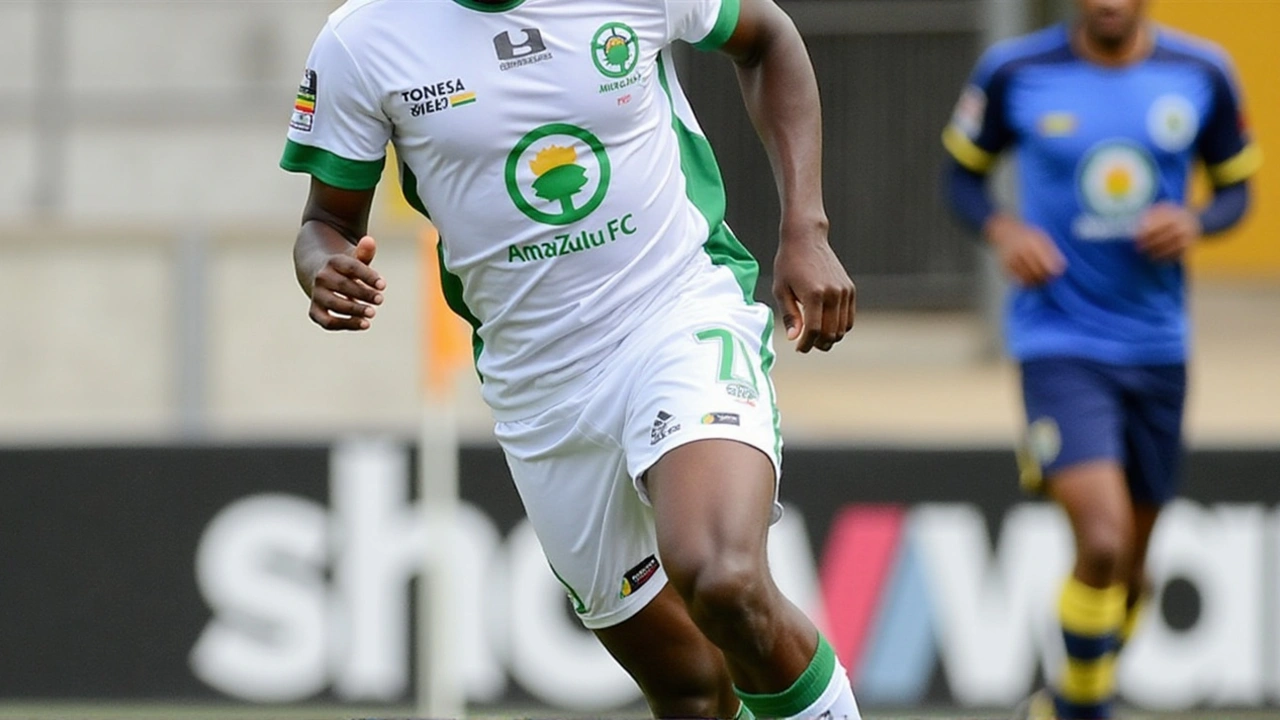Soccer Transfer: How Deals Happen, Why They Fail, and How to Track Them
Transfers look simple on paper — a fee, a signature, and a photo. In reality, they’re a chain of moving parts: clubs, agents, medicals, wages, work permits and sometimes politics. Want to know why your favourite signing suddenly falls through? Read on. This page explains the basics, shows common roadblocks, and gives tools to follow real news without getting lost in rumours.
How a transfer actually works
First, a buying club approaches the selling club or the player's agent. If clubs agree on a fee, the player negotiates personal terms: salary, bonuses, contract length and sometimes release clauses. Next comes the medical exam and paperwork like international clearance and work permits. Only when all parts are signed and registered with the league does the transfer become official.
Types of moves to know: permanent transfers (fee paid, new contract), loans (short-term move, often with an option to buy), free transfers (player signs after contract expiry), and swaps (rare but useful when budgets are tight).
Why deals fail — real reasons, real examples
High wages can stop a deal. For example, reports on Africa Daily Tasks News showed Sevilla struggling to move Kelechi Iheanacho because clubs balked at his salary demands. That’s common: clubs may agree a fee but not the wage package.
Injuries also change things. A serious injury — like the one that sidelined Amad Diallo — can reduce interest or force clubs to pull out after medicals. Work permits and international clearance are another snag, especially outside Europe.
Timing matters too. Transfer windows set the deadline. A deal can collapse if paperwork misses the window or if banks delay payments. And don’t forget agents: fee disputes or last-minute demands can kill an agreement.
Want to separate gossip from fact? Start with official club statements and league registration pages. Trusted journalists and trackers offer quick alerts; Fabrizio Romano and Transfermarkt are widely used. But treat unnamed sources with caution — headlines often sell clicks.
Practical tips for fans: follow the club’s official site and verified social accounts for confirmations. Use transfer trackers for timelines, and check reliable reporters for context. If a story only cites "sources close to the player" and no contract details, wait for the club to confirm.
Understanding contract length helps too. A player with one year left is cheaper to buy; a long contract gives the selling club leverage. Look out for loan deals with buy options — they often hide future transfer fees in paperwork.
Want alerts? Use push notifications from sports apps or follow a few trusted reporters on social media. Bookmark the "soccer transfer" tag on this site to catch updates, in-depth analysis, and how specific cases — like salary disputes or medical fails — shape the market.
Transfers are messy, fast and full of drama. Knowing the steps and where to check makes it easier to tell real moves from noise. Keep this page handy during the next window.

